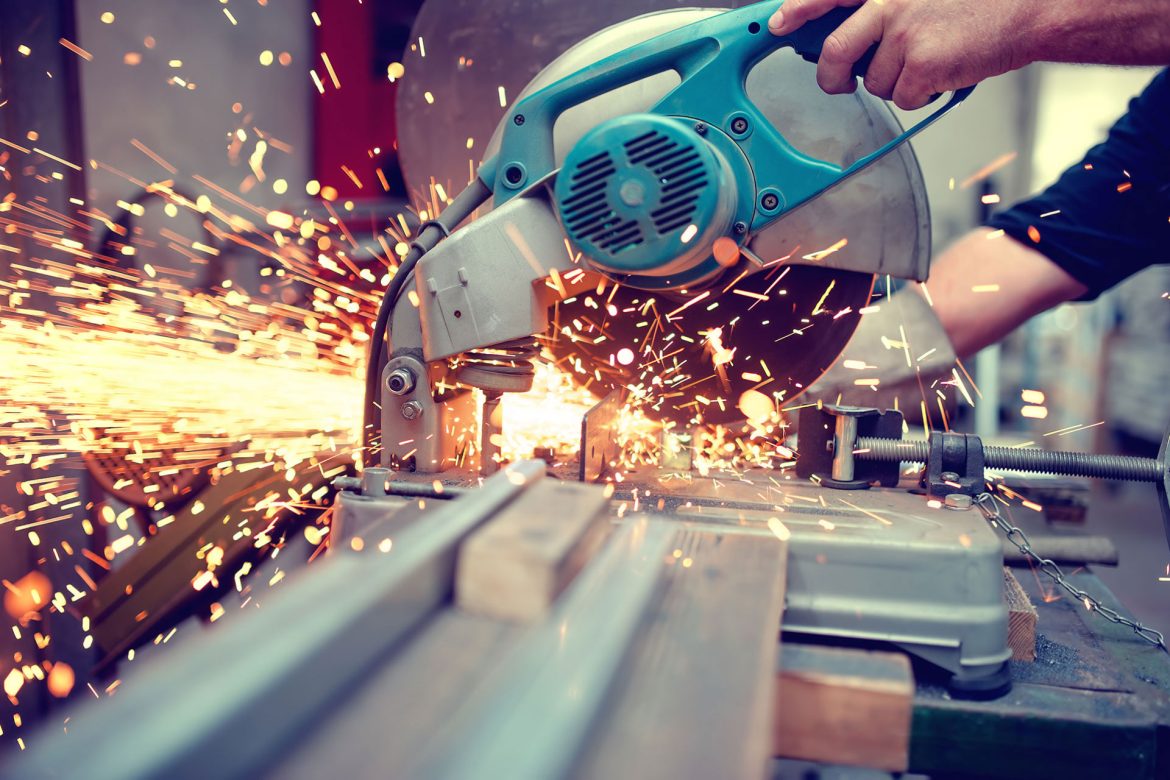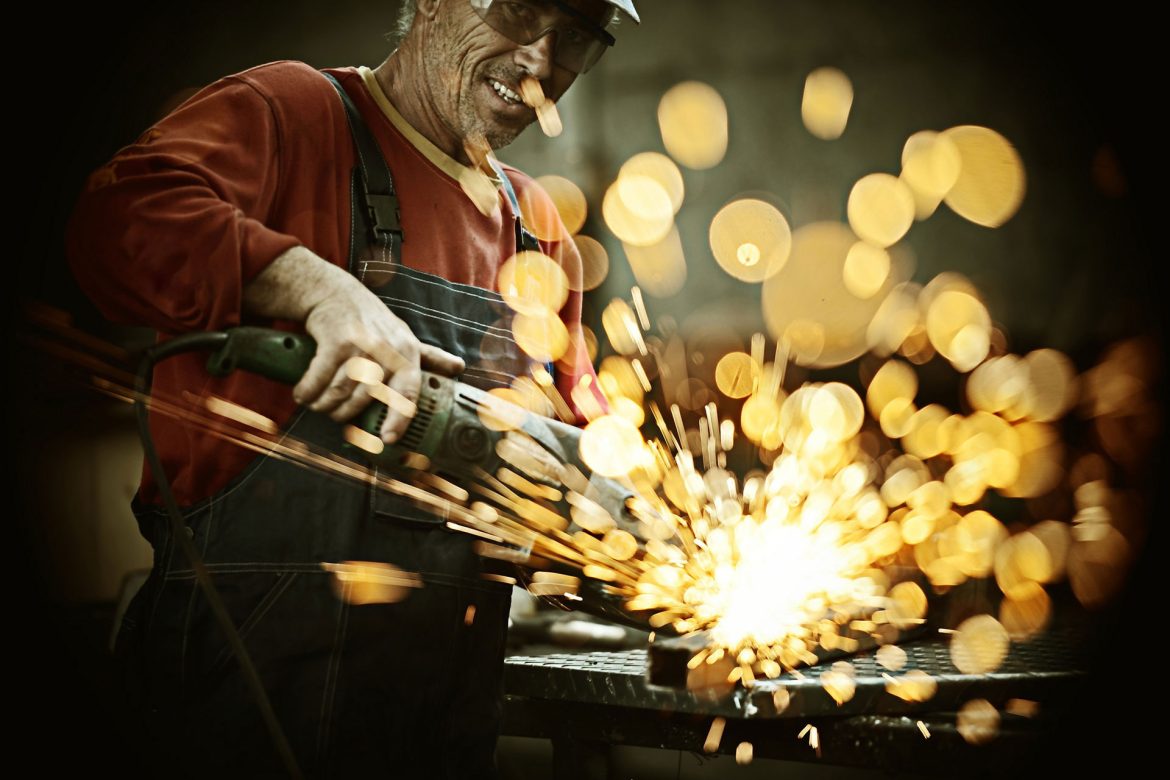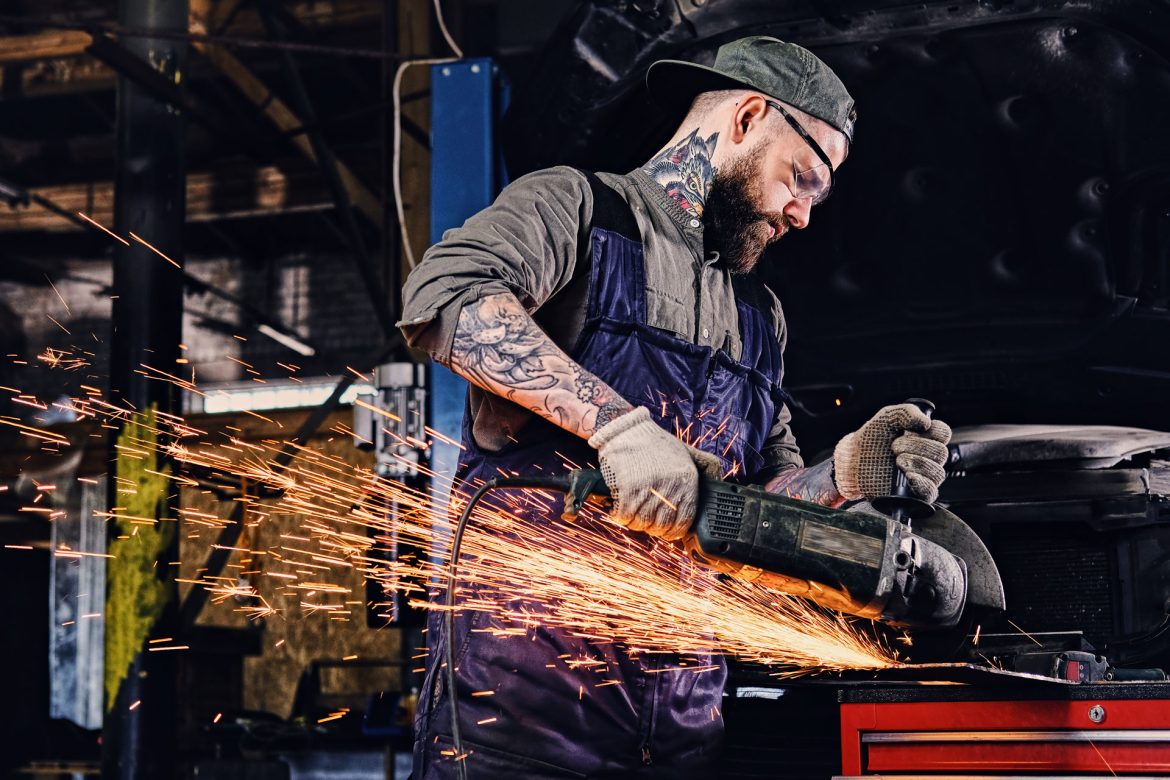The welding profession is an integral part of industrial and engineering history. Since ancient times, humans have known how to use fire to melt metals and join them together, creating useful products for daily life. However, welding did not receive widespread attention until technological advancements and increased production demands during the Industrial Revolution in the 18th and 19th centuries.
Throughout this period, welding methods and technologies developed significantly. From traditional manual welding, people transitioned to new welding methods such as oxy-acetylene welding and electric welding. The development of welding machinery and equipment created favorable conditions for enhancing efficiency and quality in the manufacturing process.
World War II marked a significant turning point in the history of welding. The demand for military production spurred the development of new welding techniques and raised the skill level of welders. Simultaneously, the use of welding opened doors to various industries such as automotive, aerospace, and maritime.
Over time, welding technology continues to evolve and improve. From classical welding methods like stick welding to modern welding technologies such as laser welding and robotic welding, welding has become an indispensable part of modern manufacturing and construction.
In summary, the history of welding is a journey of progress and innovation, making significant contributions to the development of society and industrial technology.
Mobile Welding








